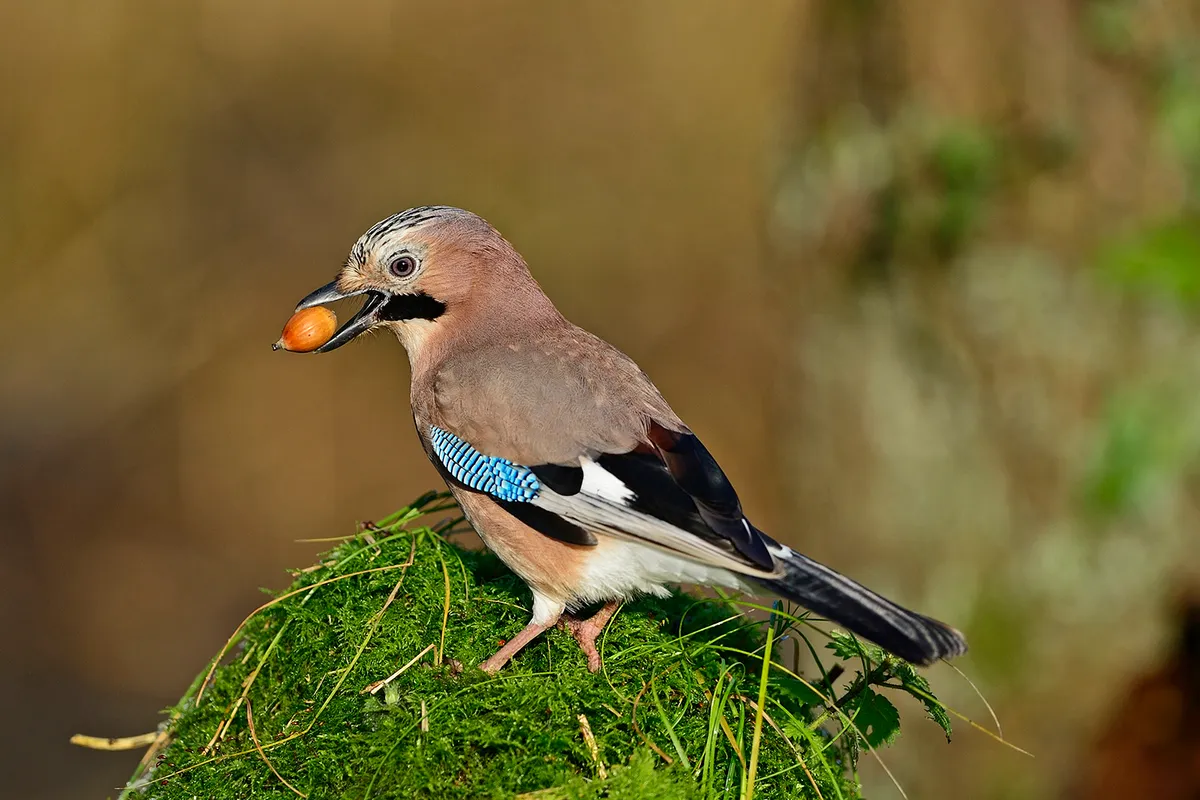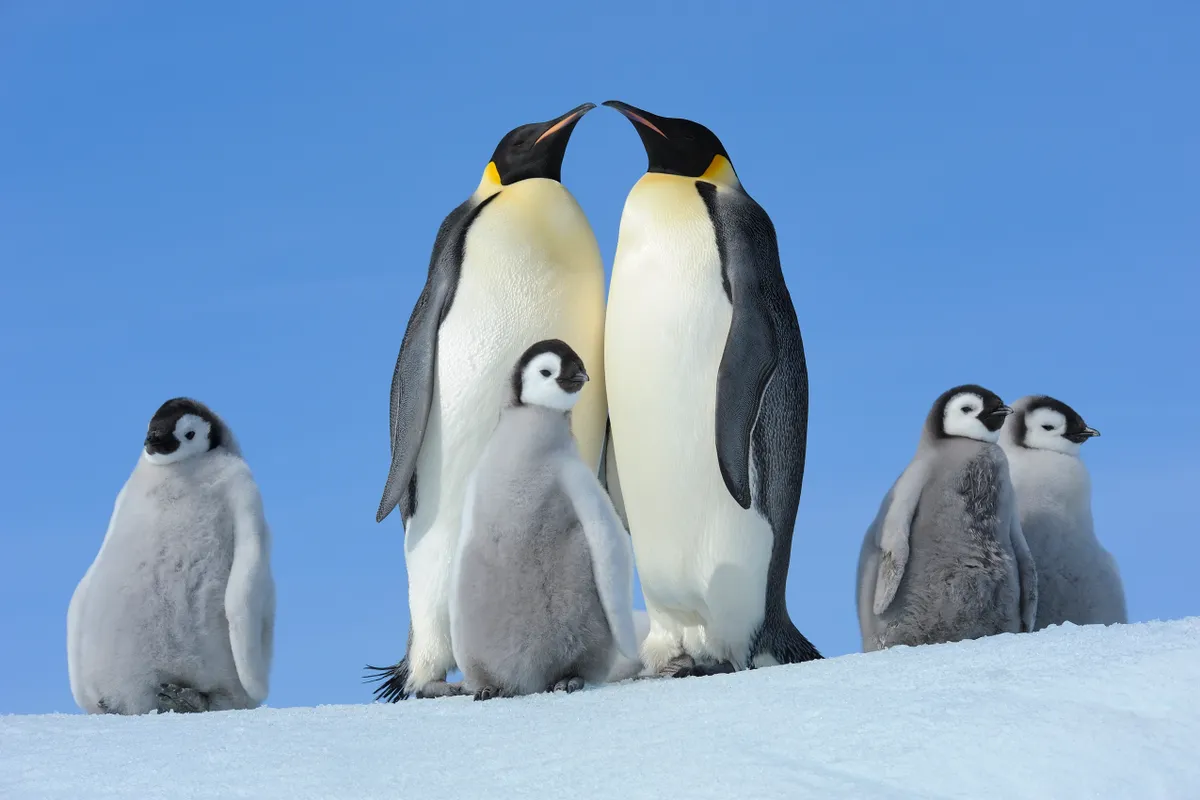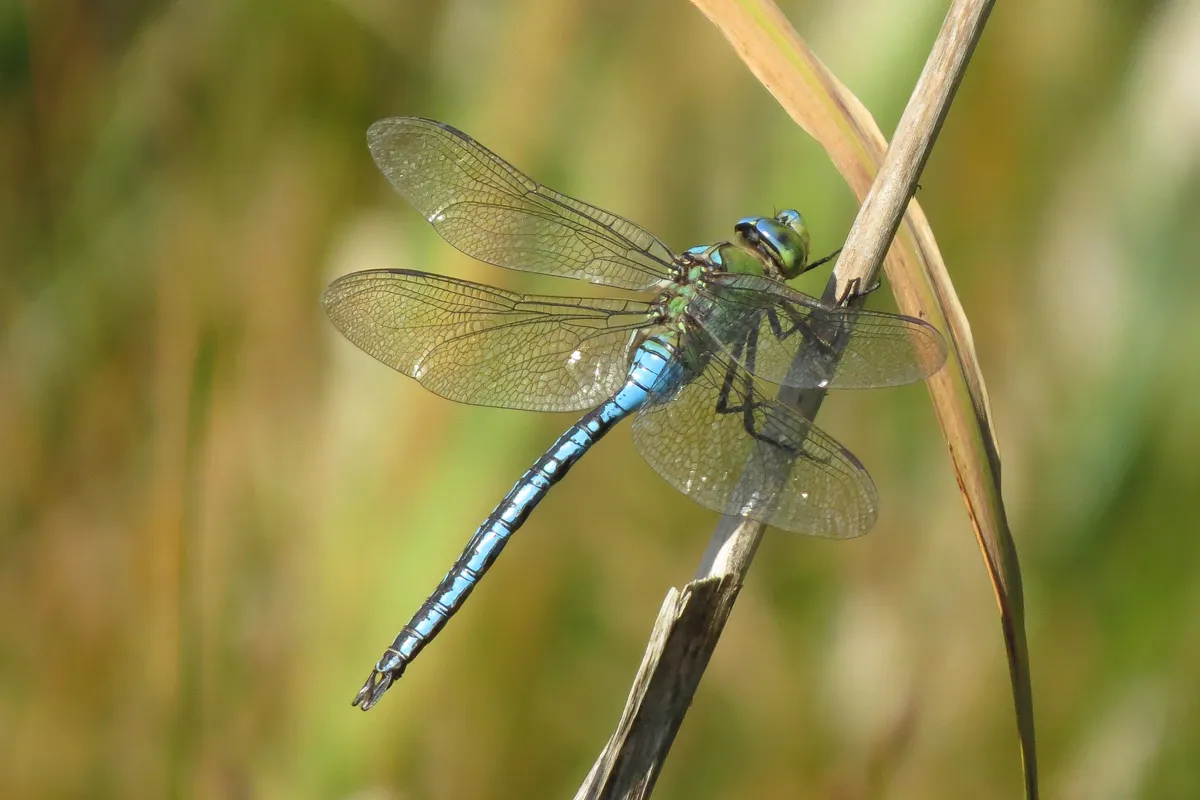Discover 12 animals beginning with the letter 'E' - which ones have we missed?
Animals beginning with 'E'
Egret

The egrets are types of herons, though the distinction between the two is vague. In the UK, the resident species are little egrets, great white egrets and cattle egrets. All three used to be relatively rare in the UK, but have become more widespread and common.
Echidna

Echidnas are unusual - hedgehog-like - mammals that lay eggs instead of giving birth to live young. They belong to a group called the monotremes, and although they produce eggs, they don’t have nipples. There are just four species of echidnas, found in New Guinea and Australia.
Echidnas blow bubbles to keep cool
Eurasian curlew

The largest wader found in the UK, the Eurasian curlew has a distinctive long bill and evocative call. It has inspired poets and musicians for centuries, but is now undergoing a population crash.
Eurasian jay

The most colourful of the corvid species found in the UK, the Eurasian jay (often just called ‘jay’ in the UK) lives in woodlands. It mainly eats acorns (caching them for later), but will also eat eggs and chicks from other bird nests.
Emperor penguin

Both the tallest and the heaviest living penguin in the world, the emperor penguin measures roughly 120cm in height and 40kg in weight. The species is restricted to Antarctica, and new colonies have been discovered by scientists using satellite images to identify their guano stains.
Emperor dragonfly

A pretty and large dragonfly that flies in summer around ponds and lakes in the UK. Males have light blue abdomens (section behind the wings), whilst females usually have green. Both have green thoraxes (main body where wings attach).
Edible crab

A large crab found on UK shores, the edible crab’s carapace edging has been compared to that of a pie-crust. It’s estimated that 10,000 tonnes of this species is harvested every year from the English Channel.
European edible dormouse

The European edible dormouse (also known as the European fat dormouse) was introduced to the UK in 1902, by Walter Rothschild. He realised them into a park in Hertfordshire, and they still exist locally today. It Is considered a nuisance by some – especially for those whose houses they start living.
Elephant

There are actually three different elephant species, the largest living land mammals. While many people are familiar with the Asian elephant and the African elephants, the latter was actually split into two separate species – the savanna elephant and the forest elephant.
Ecuador poison frog

As the name suggests, this particular amphibian is a poisonous one – and it warns potential predators of the fact by its bright markings. Although it is named after Ecuador, it is also found in Colombia and Peru.
Emu
One of the biggest birds in the world, the flightless emu have an interesting and mixed relationship with humans. Although historically economically valuable as a food and fuel source, an important source of meat for both indigenous Australians and early European settlers, and their fat used to light lamps, they have also come into conflict with people due to their crop-destroying tendencies.
Earthworm

Earthworms can be found in almost all areas of the globe and in all sorts of habitat: tropical rainforests, on mountains, in the branches of trees, and even in birds' nests. The exception is extreme deserts. Some Asian species, which can sometimes survive as small populations in UK greenhouses, have a beautiful blue green iridescence. These worms can also jump!
